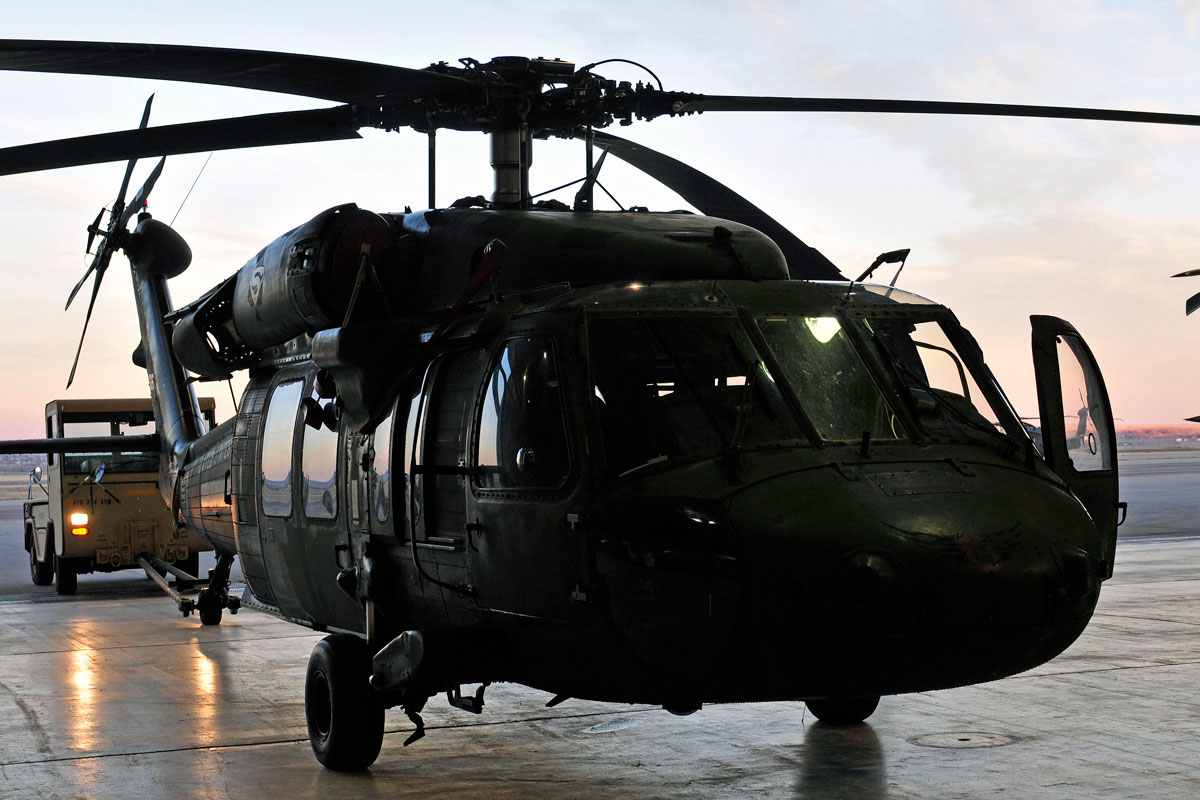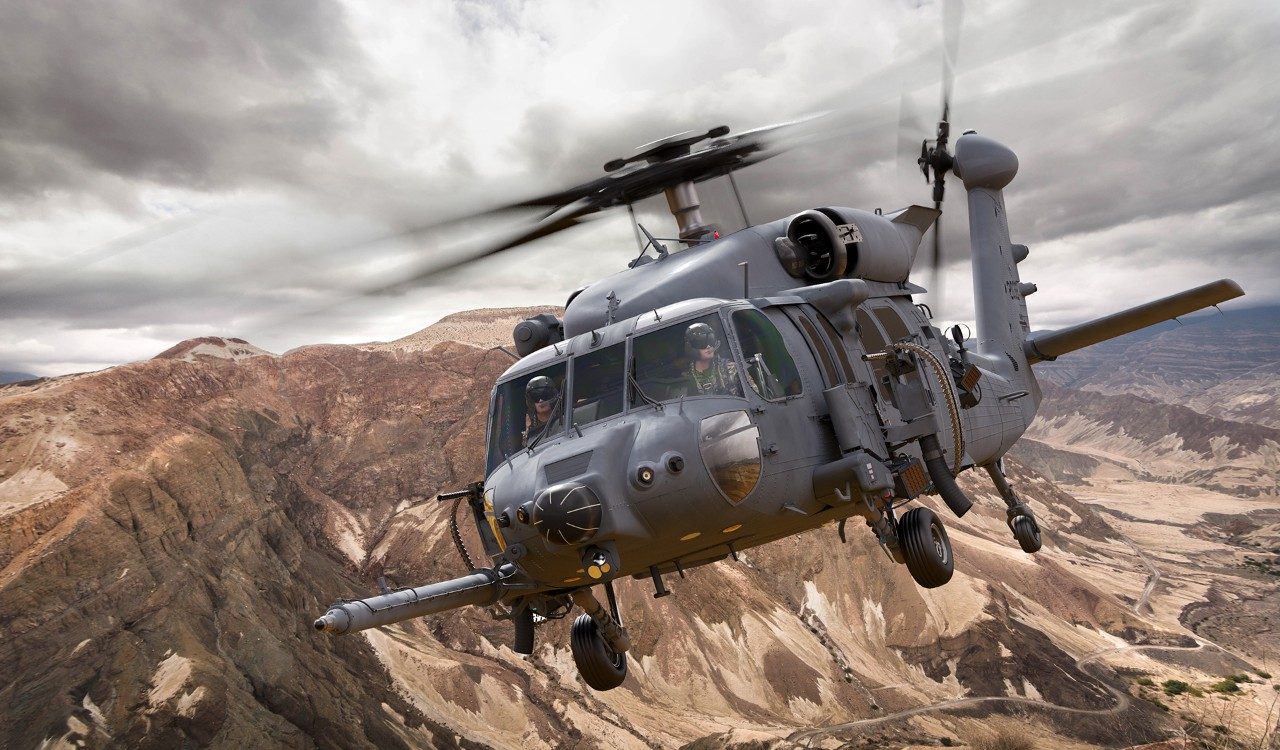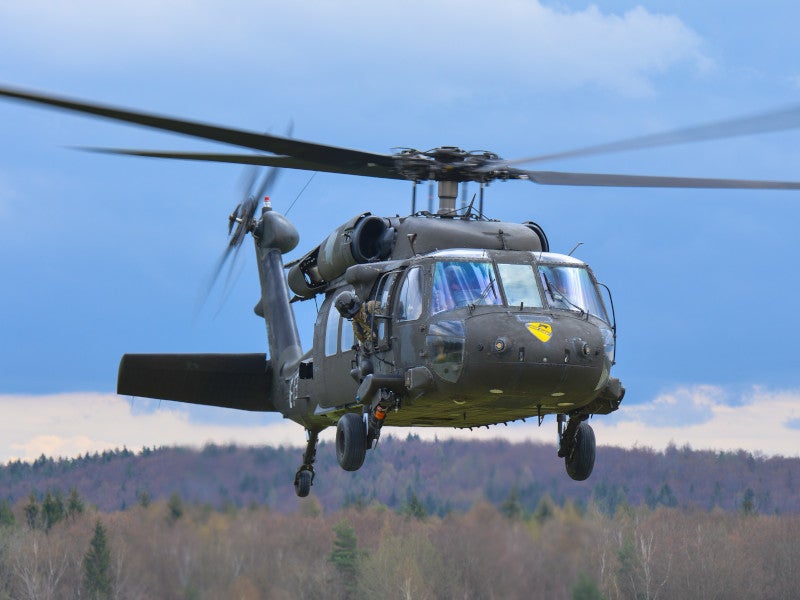UH 60 Helicopter Overview: Whatever You Required to Know
UH 60 Helicopter Overview: Whatever You Required to Know
Blog Article
Discovering the Innovative Innovation Behind Airplane Layout and Design
The area of airplane design and engineering is seeing a transformative change driven by innovative innovations that enhance efficiency, sustainability, and effectiveness. As the market grapples with the difficulties of environmental duty, growths in lasting aeronautics technologies guarantee to reshape the future.
Advanced Materials in Aircraft Style
How can the assimilation of advanced materials transform aircraft design? The unification of sophisticated materials, such as carbon fiber composites, titanium alloys, and progressed porcelains, plays an essential function in enhancing airplane performance and effectiveness. These materials offer exceptional strength-to-weight proportions, allowing producers to minimize overall airplane weight without endangering architectural stability. This decrease in weight directly adds to improved gas effectiveness and increased haul capacity.
Furthermore, innovative materials display enhanced resistance to corrosion and fatigue, resulting in lower upkeep expenses and extended service life. For circumstances, using titanium in important parts helps hold up against extreme temperatures and stress and anxieties, while carbon fiber compounds offer flexibility in style and manufacturing processes. This flexibility permits even more aerodynamic shapes, contributing to superior performance features.
Furthermore, the integration of clever materials, which can change residential or commercial properties in feedback to external stimulations, opens new methods for adaptive systems in airplane design. uh 60. These technologies promise not only to boost security and operational efficiency yet additionally to add to sustainability efforts by lessening ecological influence through decreased discharges. In summary, progressed materials are redefining the landscape of airplane style, leading the way for a lot more effective, sturdy, and eco-friendly air travel options
Wind Resistant Developments for Effectiveness
Aerodynamic innovations play an essential role in boosting aircraft performance, considerably affecting fuel usage and overall efficiency. Advances in airfoil style, such as the introduction of supercritical wings, permit optimized lift-to-drag proportions, minimizing drag at transonic rates. These technologies allow airplane to keep higher speeds with reduced gas expense, directly influencing functional prices and ecological sustainability.
Moreover, the integration of winglets has confirmed reliable in alleviating vortex-induced drag at the pointers of wings, additionally improving gas effectiveness - uh 60. This style alteration results in a reduction in wake disturbance, adding to improved wind resistant efficiency during cruise ship problems

Additionally, computational liquid dynamics (CFD) devices have reinvented the testing and refinement of aerodynamic shapes, permitting exact simulations of airflow around aircraft (uh 60). This makes it possible for engineers to introduce continuously, making certain that contemporary airplane not just fulfill governing requirements but additionally press the boundaries of effectiveness in air travel

Duty of Computer System Simulations
Computer system simulations have actually click here for more info come to be a crucial device in the area of aircraft layout, enabling engineers to carry out thorough evaluations and optimizations of numerous design aspects. These simulations permit for the online testing of wind resistant buildings, structural integrity, and performance metrics long before physical models are constructed. By using computational liquid characteristics (CFD) and limited component analysis (FEA), designers can predict just how air flows around the aircraft and how different materials will certainly reply to anxiety and strain.
In addition, computer system simulations assist in the exploration of a variety of variables and scenarios, speeding up the layout process and lowering prices related to physical screening. This capacity not only improves the accuracy of forecasts relating to aircraft behavior however additionally uses insights right into possible style enhancements that could not be instantly evident via conventional approaches.

Additionally, simulations help make sure conformity with strict security laws by enabling designers to identify and remedy potential concerns early in the style stage. The integration of simulation innovations into the airplane style process underscores the considerable innovations in design techniques, inevitably adding to the advancement of safer, a lot more efficient, and eco-friendly airplane.
Artificial Knowledge in Engineering
Artificial intelligence (AI) is changing the design landscape, especially in aircraft layout, by improving decision-making procedures and maximizing layout workflows. Via maker discovering formulas, AI can examine vast datasets, discovering patterns and understandings that inform design selections and enhance general performance.
AI applications in aircraft design consist of generative layout, where formulas develop several style alternatives based upon defined criteria, enabling engineers to assess a broader variety of opportunities. This not just speeds up the design phase however additionally makes certain that the end products meet stringent performance and security standards.
Additionally, AI-driven look at these guys predictive analytics assist in maintenance organizing by evaluating historic information and anticipating potential failings. This aggressive approach reduces downtime and enhances airplane integrity.
Additionally, AI help in simulation and modeling, allowing designers to test designs under various conditions without the need for physical prototypes. This capacity reduces development timelines and reduces prices related to traditional screening techniques.
Sustainable Air Travel Technologies
The solution exists in the adoption of sustainable aviation technologies that focus on efficiency and minimize carbon exhausts. Developments such as sustainable aviation fuels (SAFs), which are obtained from sustainable sources, have actually emerged as an important part in accomplishing lower lifecycle discharges.
In addition, innovations in aircraft design, such as the advancement of lighter products and more aerodynamically reliable shapes, add to enhanced fuel effectiveness. Electric and hybrid propulsion systems are also obtaining traction, offering a path to decrease reliance on nonrenewable fuel sources and minimize greenhouse gas discharges.
The integration of these modern technologies Read Full Article is supported by regulative frameworks and sector collaborations targeted at setting ambitious sustainability targets. In addition, electronic devices like information analytics and man-made intelligence can enhance flight operations, additionally improving gas performance. By welcoming sustainable techniques and technologies, the aviation market can not just meet the expanding demand for flight but additionally play a pivotal duty in dealing with climate modification, guaranteeing an extra lasting future for air transportation.
Conclusion
The convergence of innovative materials, wind resistant advancements, and sophisticated technologies marks a considerable evolution in airplane layout and design. The assimilation of carbon fiber compounds, titanium alloys, and AI-driven processes not only enhances efficiency and effectiveness but likewise simplifies operations and anticipating maintenance.

Computer simulations have actually come to be a vital tool in the area of aircraft style, allowing engineers to conduct thorough evaluations and optimizations of various style facets.The convergence of innovative products, aerodynamic technologies, and advanced modern technologies marks a substantial development in airplane style and engineering.
Report this page